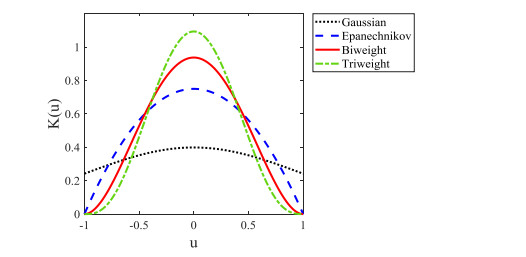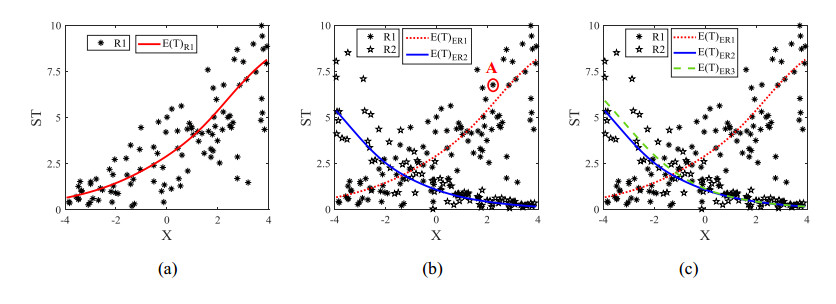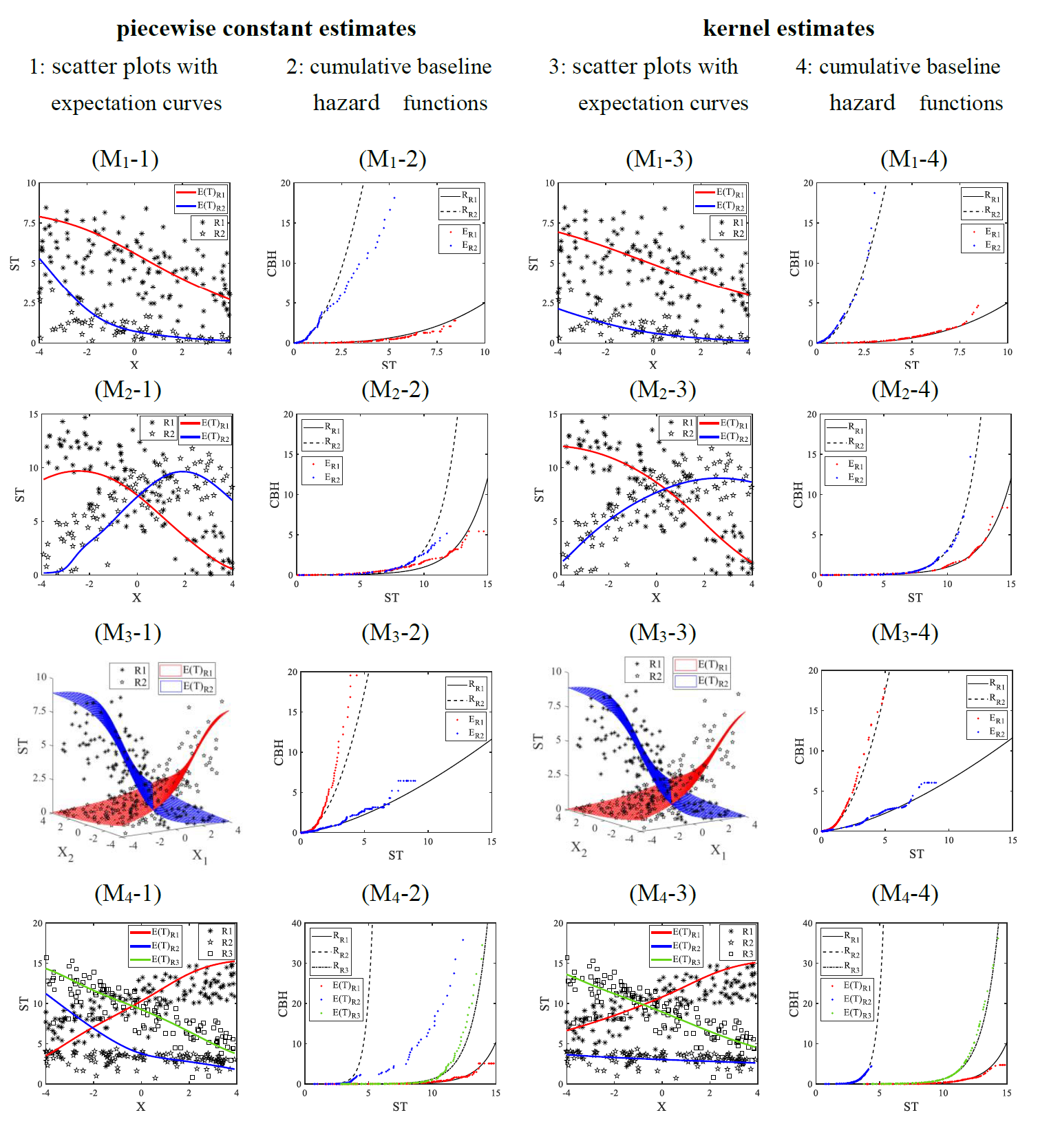| 1.
|
Yoram Vodovotz, Gregory Constantine, James Faeder, Qi Mi, Jonathan Rubin, John Bartels, Joydeep Sarkar, Robert H. Squires, David O. Okonkwo, Jörg Gerlach, Ruben Zamora, Shirley Luckhart, Bard Ermentrout, Gary An,
Translational Systems Approaches to the Biology of Inflammation and Healing,
2010,
32,
0892-3973,
181,
10.3109/08923970903369867
|
|
| 2.
|
Jinhu Xu, Yicang Zhou,
Hopf bifurcation and its stability for a vector-borne disease model with delay and reinfection,
2016,
40,
0307904X,
1685,
10.1016/j.apm.2015.09.007
|
|
| 3.
|
Jia Li,
Modelling of transgenic mosquitoes and impact on malaria transmission,
2011,
5,
1751-3758,
474,
10.1080/17513758.2010.523122
|
|
| 4.
|
Kazeem O. Okosun, Ouifki Rachid, Nizar Marcus,
Optimal control strategies and cost-effectiveness analysis of a malaria model,
2013,
111,
03032647,
83,
10.1016/j.biosystems.2012.09.008
|
|
| 5.
|
Liming Cai, Xuezhi Li, Necibe Tuncer, Maia Martcheva, Abid Ali Lashari,
Optimal control of a malaria model with asymptomatic class and superinfection,
2017,
288,
00255564,
94,
10.1016/j.mbs.2017.03.003
|
|
| 6.
|
Liming Cai, Necibe Tuncer, Maia Martcheva,
How does within-host dynamics affect population-level dynamics? Insights from an immuno-epidemiological model of malaria,
2017,
40,
01704214,
6424,
10.1002/mma.4466
|
|
| 7.
|
Li-Ming Cai, Abid Ali Lashari, Il Hyo Jung, Kazeem Oare Okosun, Young Il Seo,
Mathematical Analysis of a Malaria Model with Partial Immunity to Reinfection,
2013,
2013,
1085-3375,
1,
10.1155/2013/405258
|
|
| 8.
|
Yang Li, Jia Li,
Discrete-time model for malaria transmission with constant releases of sterile mosquitoes,
2019,
13,
1751-3758,
225,
10.1080/17513758.2018.1551580
|
|
| 9.
|
K.O. Okosun, Rachid Ouifki, Nizar Marcus,
Optimal control analysis of a malaria disease transmission model that includes treatment and vaccination with waning immunity,
2011,
106,
03032647,
136,
10.1016/j.biosystems.2011.07.006
|
|
| 10.
|
O.D. Makinde, K.O. Okosun,
Impact of Chemo-therapy on Optimal Control of Malaria Disease with Infected Immigrants,
2011,
104,
03032647,
32,
10.1016/j.biosystems.2010.12.010
|
|
| 11.
|
Yijun Lou, Xiao-Qiang Zhao,
The periodic Ross–Macdonald model with diffusion and advection,
2010,
89,
0003-6811,
1067,
10.1080/00036810903437804
|
|
| 12.
|
Yijun Lou, Xiao-Qiang Zhao,
A Climate-Based Malaria Transmission Model with Structured Vector Population,
2010,
70,
0036-1399,
2023,
10.1137/080744438
|
|
| 13.
|
DYNAMICS OF STAGE-STRUCTURED DISCRETE MOSQUITO POPULATION MODELS,
2011,
1,
2156-907X,
53,
10.11948/2011005
|
|
| 14.
|
Hongyan Yin, Cuihong Yang, Xin'an Zhang, Jia Li,
Dynamics of malaria transmission model with sterile mosquitoes,
2018,
12,
1751-3758,
577,
10.1080/17513758.2018.1498983
|
|
| 15.
|
Jia Li,
Simple discrete-time malarial models,
2013,
19,
1023-6198,
649,
10.1080/10236198.2012.672566
|
|
| 16.
|
A. K. Misra, Anupama Sharma, Jia Li,
A mathematical model for control of vector borne diseases
through media campaigns,
2013,
18,
1553-524X,
1909,
10.3934/dcdsb.2013.18.1909
|
|
| 17.
|
Shangbing Ai, Jia Li, Junliang Lu,
Mosquito-Stage-Structured Malaria Models and Their Global Dynamics,
2012,
72,
0036-1399,
1213,
10.1137/110860318
|
|
| 18.
|
Arman Rajaei, Amin Vahidi‐Moghaddam, Amir Chizfahm, Mojtaba Sharifi,
Control of malaria outbreak using a non‐linear robust strategy with adaptive gains,
2019,
13,
1751-8652,
2308,
10.1049/iet-cta.2018.5292
|
|
| 19.
|
Yanyuan Xing, Zhiming Guo, Jian Liu,
Backward bifurcation in a malaria transmission model,
2020,
14,
1751-3758,
368,
10.1080/17513758.2020.1771443
|
|
| 20.
|
Rashid Jan, Sultan Alyobi, Mustafa Inc, Ali Saleh Alshomrani, Muhammad Farooq,
A robust study of the transmission dynamics of malaria through non-local and non-singular kernel,
2023,
8,
2473-6988,
7618,
10.3934/math.2023382
|
|
| 21.
|
S.Y. Tchoumi, H. Rwezaura, J.M. Tchuenche,
A mathematical model with numerical simulations for malaria transmission dynamics with differential susceptibility and partial immunity,
2023,
3,
27724425,
100165,
10.1016/j.health.2023.100165
|
|
| 22.
|
Ge Zhang, Ying Peng, Ruoheng Wang, Cuihong Yang, Xin'an Zhang,
The impact of releasing sterile mosquitoes on the dynamics of competition between different species of mosquitoes,
2024,
0,
1531-3492,
0,
10.3934/dcdsb.2024016
|
|
















 DownLoad:
DownLoad: